Sicily and its Wine:
Finally establishing its own wine identity, Sicily is the “oldest newcomer” when it comes to asserting its wines in the international world of oenology and viticulture. Brought to Sicily by the Greeks and flourishing by circa 800 BC (the major Greek colonization of Sicily), wine production in Sicily has been around far longer than the more well-known world producers of wine like France, Australia and even the rest of Italy. Despite its history, however, Sicily has, especially in the past five years, just begun to break into the hearts of oenophiles globally as it has begun marketing, expanding, and developing the identities of Sicilian wines. Wines made from Sicily’s native vines are surpassing their historical role in the making of simple local wines and use in blends of northern Italy and France, in the pursuit of debuting their character and unique flavors on the international market.
This debut is comprised of Sicily’s indigenous varietals (like Nero d’Avola, Nerello Mascalese). The breed of Sicilian wines and their distinct flavors are echoes of both the environment and the diverse cultural legacy of domination specific to Sicily. The assortment of grapes historically cultivated here are remnants of the agricultural contributions of past civilizations—Grecanico from the Byzantines, Zibibbo from the Saracen Arabs and Primitivo (better known as Zinfandel) from Albanian refugees. Far from being stuck in the past, however, Sicily also holds its own with exciting blends, such as the traditional Chardonnay varietal with natives Grillo, Inzolia, Cataratto, Grecanico, and Novello wines. Novello wines are any new reds from the current vintage produced by a quick fermentation process, rendering their flavor lighter, with less tannins. As a result it’s consumed quickly (it has a short shelf/bottle life) and pairs well with lamb or salmon and sushi tuna and is often served cool or somewhat chilled. Typically made from Nero d’Avola (a process that calms the strength of this robust vine) but also mixed with Pinot Nero or Syrah. Sprouting up with awards and in wine bars, restaurants and critics’ lists around the world, Sicilian wines are making there way into the limelight one bottle at a time.
Ideal Climate:
The Sicilian climate qualifies among those optimal viticultural climates of California and Australia with its rich soil and hot and arid conditions. Situated in the “sun belt,” Sicily’s climate is manipulated by African winds and the Mediterranean sea. With such a climate, one can understand why Sicily is the winemaking region of Italy covered with more vineyards than any other region of Italy. Producing more wine annually than Australia, New Zealand and Hungary combined, Sicily competes with Apulia as Italy’s top wine producing region, although Sicilian vineyards are shifting away from quantity and more towards quality.
Wine Classification:
Italian wine classification can seem like its own dialect. These quality regulations were first put into effect in the 1960’s and have helped improve the overall quality of Italian wines. Here we break it down:
VdT (Vino Da Tavola): This is the lowest classification of Italian wine and literally means table wine. It is virtually unregulated and is generally characterized as bland and feeble, although some regions of Italy do produce rather outstanding table wine. Anything not qualified as IGT, DOC, or DOCG is usually loosely categorized here.
IGT (Vino a Indicazione Geografica): This is as simple as it sounds—geographically indicated wine is produced in a broad region with a variety of grapes allowing winemakers more freedom in the winemaking process (as opposed to DOC/DOCG). IGT vines in Sicily include: Camarro, Colli Ericini, Fontanarossa di Cerda, Salemi, Salina, Sicilia, and Valle Belice.
DOC (Vino a Denominazione di Origine Controllata): These are the big boys! Controlled designation of origin is the counterpart of France’s AOC—where it comes from, how it’s made and the grapes used. Not only does production of DOC wines occur in very clearly delineated regions, but it must also abide by the specific regulations in place to safeguard traditional wine-making practices particular to each region.
DOCG (Vino a Denominazione di Origine Controllata e Garantita): Controlled and guaranteed designation of origin is simply more strict than DOC. This classification generally only allows lower production yields and, before bottling, requires new products to pass a taste-test by a committee.
Grape Varieties:
Red grapes
Frappato: Main component in Cerasuolo di Vittoria (DOC) and similar to Gaglioppo. Its origins are uncertian.
Gaglioppo: similar to Frappato, originating from Greece and most commonly found in Calabria, but also grown in Sicily. Makes robust reds with high alcohol and tannins. Needs significant time in the bottle to mellow.
Nerello Cappuccio/Nerello Mascalese: Cappuccio is considered superior to Mascalese and often stands alone without being blended. It’s grown in Northeastern Sicily. Mascalese is thought to originate from Catania. Widely used as blending grape in Etna Rosso, Faro & Corvo Rosso.
Nero d’Avola/Calabrese: most significant grape used in making hearty, inky red wines with aging potential, it is often classified with Syrah, although also used in making lighter Novello wines (more like a rosè). (Its other name, Calabrese, meaning “coming from Calabria” is most likely a modification of the Sicilian word, Calaurisi, meaning “grape from Avola,” a town in the Southern tip of Sicily).
Perricone/Pignatello: common Sicilian blending grape.
Cabernet Sauvignon
Merlot
Shiraz
White grapes
Ansonica/Inzolia: used in most quality whites for its delicate aromas and softening effect on heavier whites. It has well-balanced acidity and broad palate characteristics.
Carricante: used in an Etna white.
Cataratto: typical of Tranpani region and used in Marsala wines. Most widely planted white grape in Italy. Alone, makes a dry, low acid wine. Corinto
Damaschino: used in Bianco D’Alcamo.
Grecanico: named for its Greek origins and possibly related to Greco on mainland, has a crisp, apple flavor.
Grillo/Riddu: has a long history in Sicily, as it was widely found in Trapani region in 1897. Used in Marsala as well as Monreale, Alcamo, Contea di Sclafani, and Delia Nivolelli. Can also find 100% Grillo IGT wine.
Malvasia Bianca/Malvazia: originating from Greece (although its history is complicated), one of most cultivated grapes in Italy, found in many variations, including Malvasia delle Lipari (a sweeter, nectar-like version). See also Moscato. Used to make white table wines, dessert wines, and fortified wines.
Moscato Bianco: This Muscatel is the most widely planted of its varieties in Italy. Used to make dessert wines.
Trebbiano: second most widely planted vine in Italy (among whites). Generally used to make pale, easily drinkable wines.
Zibibbo/Moscatellone: aka Muscat of Alexandria, is possibly the oldest remaining genetically unmodified vine. Possibly introduced by Arabs in 9th century, used in Moscato Passito di Pantelleria (DOC). It is sweet, earthy and not especially aromatic with higher alcohol content than Moscato Bianco.
Chardonnay
Wine Types by Province> |
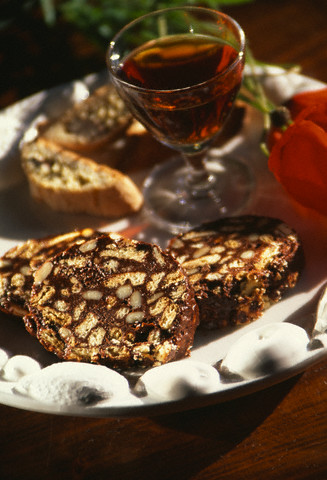

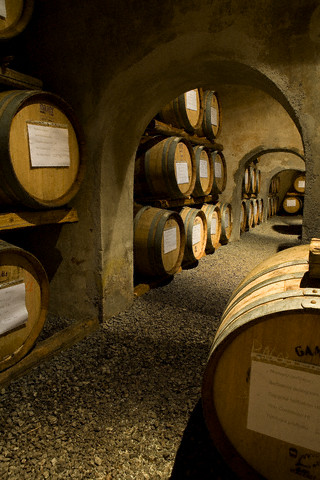
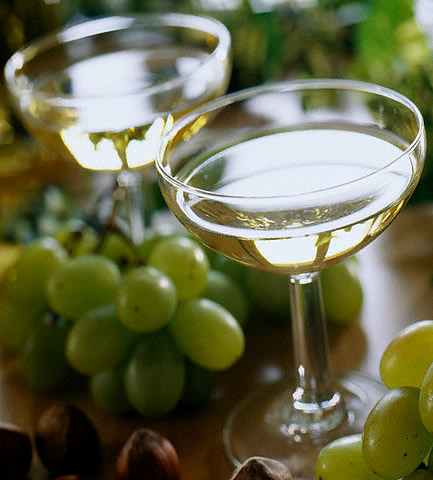
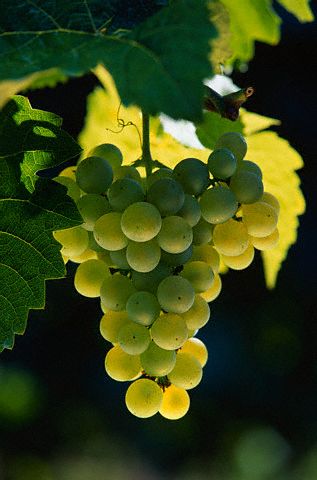
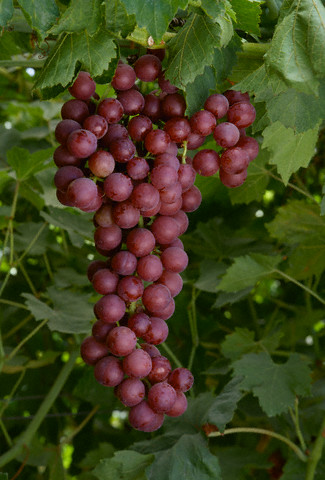
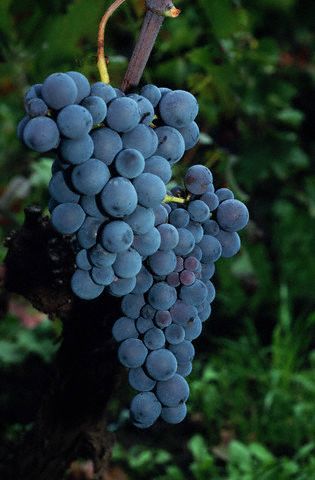

|









